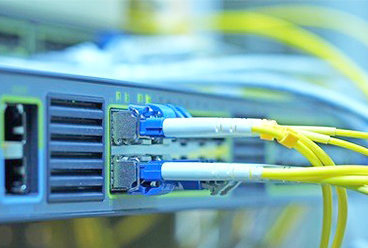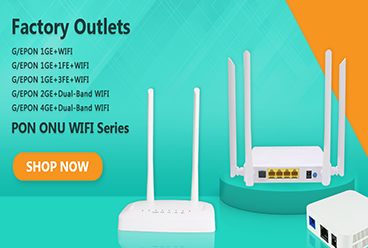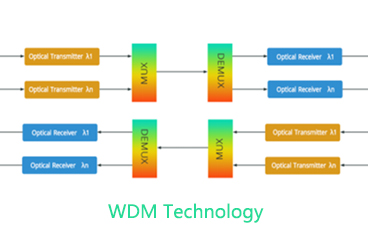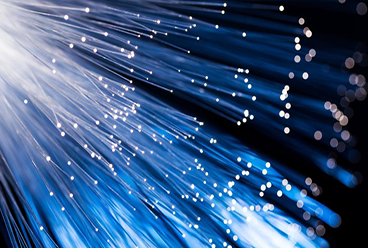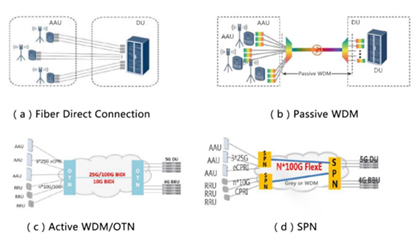The rapid development of science and technology makes people's lives change with each passing day. The rapid development of application markets such as 5G, big data, blockchain, cloud computing, Internet of Things, and artificial intelligence has brought explosive growth to data traffic, and data center interconnection has gradually developed into a research hotspot in optical communications. The current high-speed fiber optical module application scenarios are mainly divided into two types of markets, data center market (DATACOM) and telecommunications market (TELECOM).
The current data center is no longer just one or a few computer rooms, but a group of data center clusters. In order to achieve the normal operation of various Internet services and application markets, coordinated operation between data centers is required. The real-time mass exchange of information between data centers has created the demand for data center interconnection networks, and optical fiber communication has become a necessary means to achieve interconnection. Different from traditional telecommunications access network transmission equipment, the interconnection of data centers requires higher speed, lower power consumption, and smaller size in order to achieve larger and denser transmission of information. And a core factor that determines whether these performances can be achieved is the optical module. The information network mainly uses optical fiber as the transmission medium, but the calculation and analysis must be based on electrical signals at present, and the fiber optical module is the core device that realizes the photoelectric conversion. Data traffic continues to grow, and the trend toward large-scale and flat data centers has promoted the development of optical modules in two areas, the increase in transmission rate demand and the increase in quantity demand.
Similarly, the upgrade and new-build demand in the telecommunications field has driven the rapid growth of the global fiber optical module market. In terms of fixed networks, the access network will evolve from 1G/2.5G to 10G, the metropolitan area network will be upgraded from 10G/40G to 40G/100G, and the core network/backbone network will span 40G, fully deploy 100G, and evolve to 400G. In terms of wireless networks, fiber optical modules in LTE base stations will be mainly used in mobile backhaul and mobile fronthaul. The connection between the base station and the core network requires mobile backhaul fiber optical modules, while the distributed deployment of BBU+RRU used in LTE base stations needs to pass The CPRI interface is connected by optical fiber, which creates a demand for mobile fronthaul fiber optical modules. The coverage of 5G signals will be reduced, and base station data will be much higher than 4G. At the same time, due to the acceleration of transmission rate, the number of fiber optical modules required by a single base station has also increased. 25G/100G fiber optical modules are the preferred solution for 5G fronthaul fiber optical modules. When 5G construction in various countries starts one after another, the demand for high-speed fiber optical modules in the telecommunications market will be greater than that in the data center market.
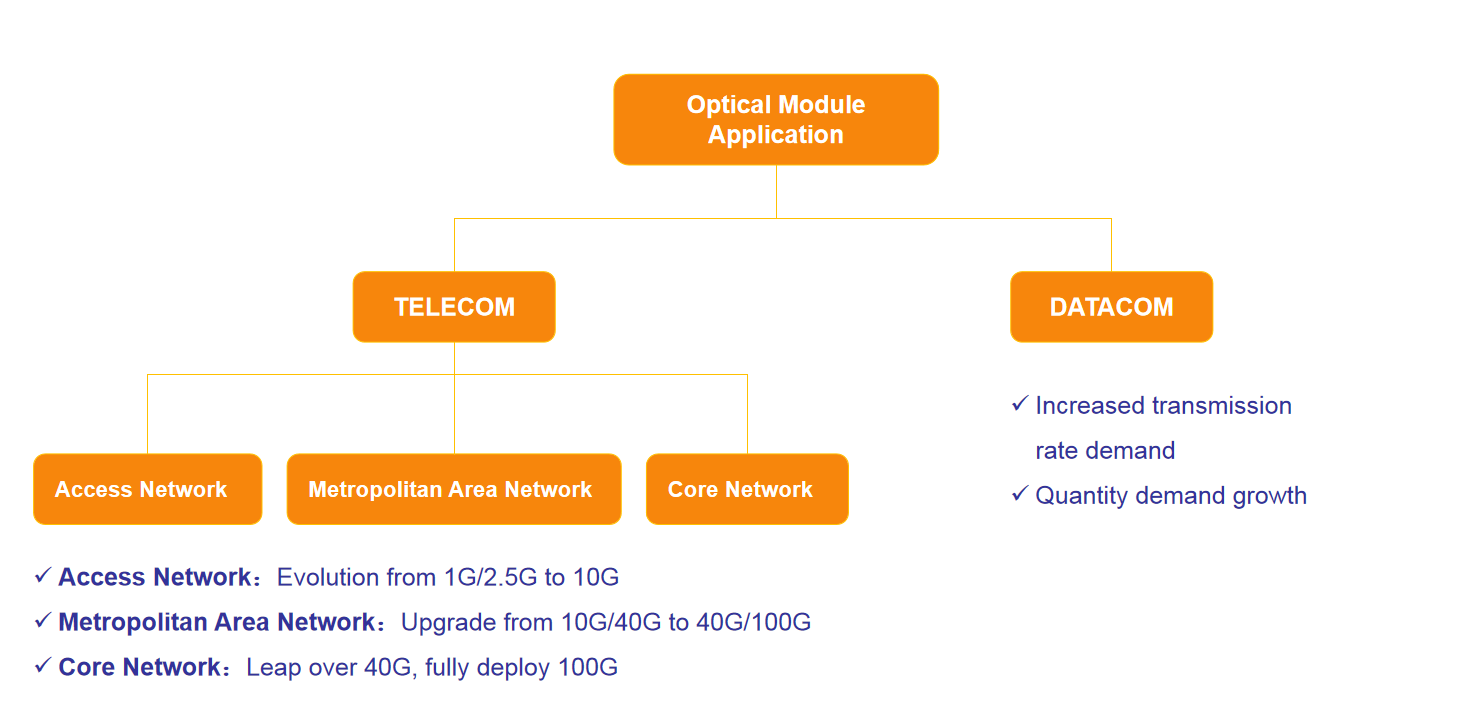
From the perspective of product category, with the development of optical communication networks to ultra-high frequency, ultra-high speed and ultra-large capacity, high-speed fiber optical modules such as 10G/40G/100G have become the mainstream of the market. Among them, the growth rate of 100G fiber optical modules is the most significant.
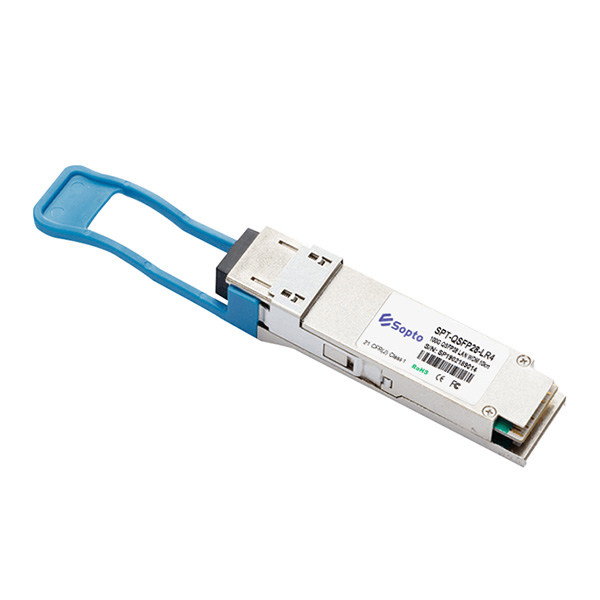
In 2015, its global sales revenue reached 888 million U.S. dollars. According to the forecast of Infonetics Research, its sales revenue is expected to reach 2.66 billion U.S. dollars in 2020. In 2010, the 100G optical communication technology standard was passed in ITU-T (International Telecommunication Union), IEEE, and OIF. The three major standards organizations have successively stipulated the 100G technical standards for the 100G line side, the user side and Interworking. Subsequently, under the extensive attention and promotion of global operators, all links of the industrial chain have gradually been completed.
Tags:fiber optical module,data ceter,100G QSFP28,datacom,telecom
— END —




